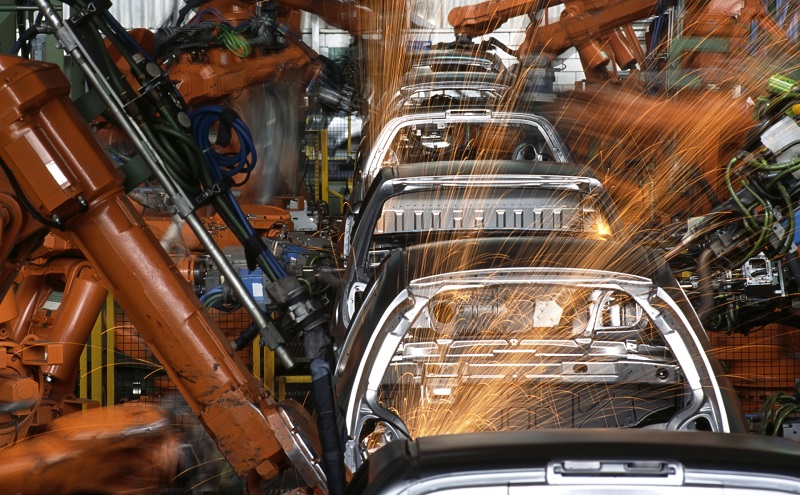Wednesday January 22, 2025
- ALL NEWS
- SMALL & MEDIUM ENTERPRISES (SME)
- INTERNATIONAL TRADE
-
REGIONS
-
NON-REGIONAL
Search

Following a two-month shutdown, America's auto industry planned to revive itself by gradually reopening and supplying vehicles to buyers. However, staff shortages due to COVID-19 infections and supply shortages due to the reduced capacity of parts manufacturers have prevented the industry from restarting.
At the beginning of the year, the outbreak of coronavirus forced almost every auto plant in the US to halt production. Production dropped to levels matching those seen at the end of the Second World War., with just 4,300 vehicles produced in the month of April.
Production restarted in May, but experts predict the road to recovery will be long, taking months or even years to reach pre-pandemic production levels.
A significant barrier to getting production back up and running has been employees becoming infected with the virus. A Seat plant in Chicago was forced to close its doors again to conduct cleaning after a working tested positive. Additionally, many Ford's plants, including those in Dearborn, Michigan; Chicago, Illinois; and Kansas City, Missouri; have had to shut down production again to disinfect equipment following workers contracting COVID-19.
Factories starting and stalling production due to worker infection has been made worse by the added setback of waiting for parts factories to reopen. For example, the Mexican government did not permit such factories to open until June.

Sales figures hint that a recovery is in progress
Traditionally, May is a critical sales month as it marks the beginning of the summer sales season for the automotive industry. Following a significant drop in sales figures for April, May figures have shown an uptick in sales. While monthly sales year on year has declined for the notable industry players, it is performing far better than it did in April.
It is hoped that this rebound in sales marks the beginning of possible V-shaped recovery for the industry, although this will all depend on sales figures for the coming months.
How automotive companies may survive
To weather the storm and thrive in this different landscape created by the COVID-19 pandemic, they must remain nimble. Companies need to emphasize the importance of planning. They must take into account possible future changes to economic and financial factors. Additionally, they need to address the fall in demand and the reduced production volumes caused by the pandemic. Finally, they should aim to be as agile as possible to respond to these changes dynamically.
At Exports News, we strive to communicate critical updates to help you navigate these uncertain times. Understanding how the global pandemic impacts industries is a crucial tool to thrive in the changing landscape it has created. Subscribe to our newsletter to stay informed.
No Comments
Add comment



We’re happy you are satisfied with Exports News. Please let us know if you need enything!
support@exportsnews.comWe’re sorry your experience was not satisfactory. Please let us know how we can improve your experience:
Please contact us with any questions or concerns: support@exportsnews.com


Your feedback has been received! If you have any other questions or concerns, please contact us at:


There aren't any comments yet. Be the first to comment!